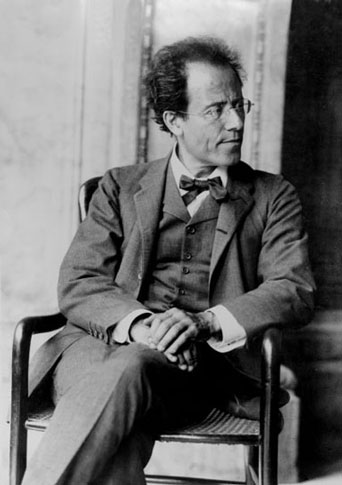1.2 Knowledge and listening

Just as musical knowledge can inform or shape performance, it also changes the way in which we listen and understand music. One interesting kind of document to study in this regard is the concert programme note.
In his book Musical Meaning: Toward a Critical History, Lawrence Kramer notes astutely that, in the context of concert genres like the symphony, the explosion in written explications of music’s meaning in programme notes of the nineteenth century occurred at the very point where music was apparently proclaiming its autonomy from text (2002, p. 13). In other words, these programme notes may be interesting to historians of criticism for the way they engage with a range of critical concepts like ‘absolute’ music. Similarly, they may be useful for music historiography – the writing of music history. In particular, they may illuminate aspects of the reception history of a work or composer.
The collection of concert programme notes held in the New York Philharmonic Leon Levy Digital Archives [Tip: hold Ctrl and click a link to open it in a new tab. (Hide tip)] is a fascinating resource (if still relatively limited at this time). It provides valuable documents for all kinds of reception history projects, since tracing how programme notes change over time can be a remarkably useful indicator of prevailing attitudes to composers and works.
Activity 3
Read the following programme notes from the New York Philharmonic’s archive:
- performance of Mahler’s Symphony No. 7 in the 1948–49 season
- performance of Mahler’s Symphony No. 7 in the 1961–62 season.
As you read, think about how the two sets of notes differ. How are they structured? What kinds of audience do you think they are written for, and what assumptions are made by the authors about the knowledge that audience possesses?
Discussion
There are many answers to these questions. Here are a few points of interest:
- The two music examples in the 1962 programme; these assume musical literacy, but nonetheless accompany quite approachable descriptions of the symphony’s movements.
- The need to apologise for using descriptive imagery in the 1948 programme. It appears to emphasise the classicising aspects of the symphony and its structure even as it admits that the question of whether Mahler’s symphony is ‘absolute’ music is open to debate.
- The use of quotations from a contemporary critic of Mahler’s time (Paul Stefan) in the 1948 programme note, and reference to the Mahler scholar Dika Newlin.
- The emphasis in the 1962 programme on Mahler’s biography is striking, especially in that it focuses on the composer’s health. Seeing Mahler’s symphonies in terms of the composer’s humanity is a critical tradition that Leon Botstein identifies in the post-1960 era (after the composer’s centenary celebrations triggered an increased interest in the man and his music – see Botstein, 2002).
